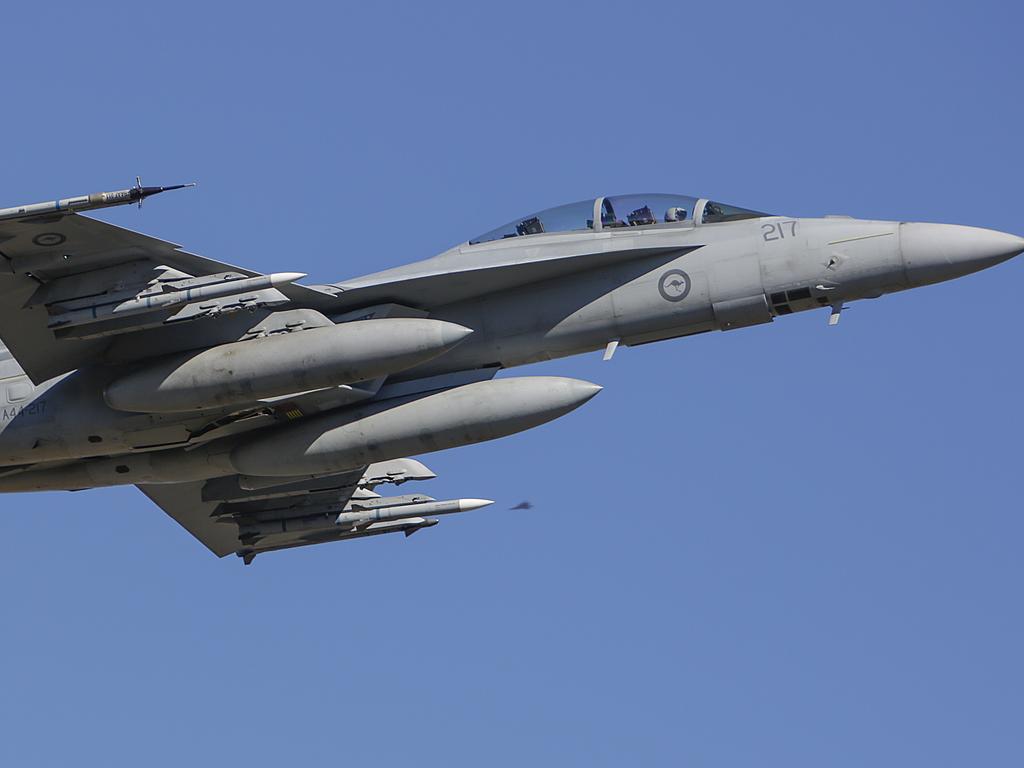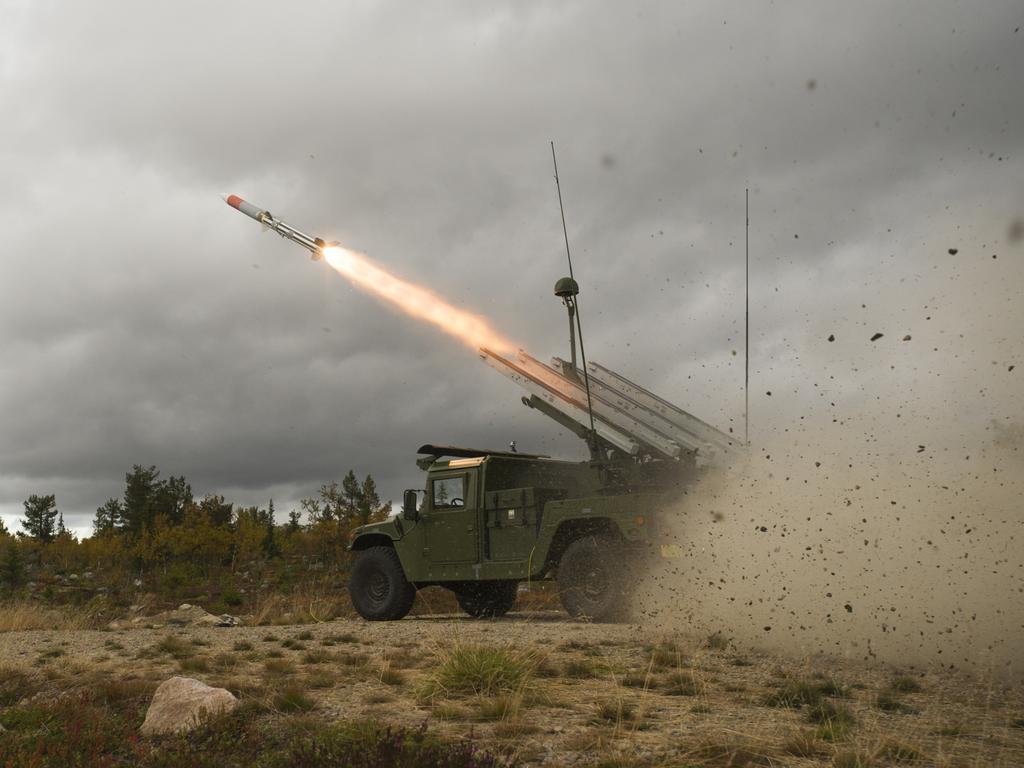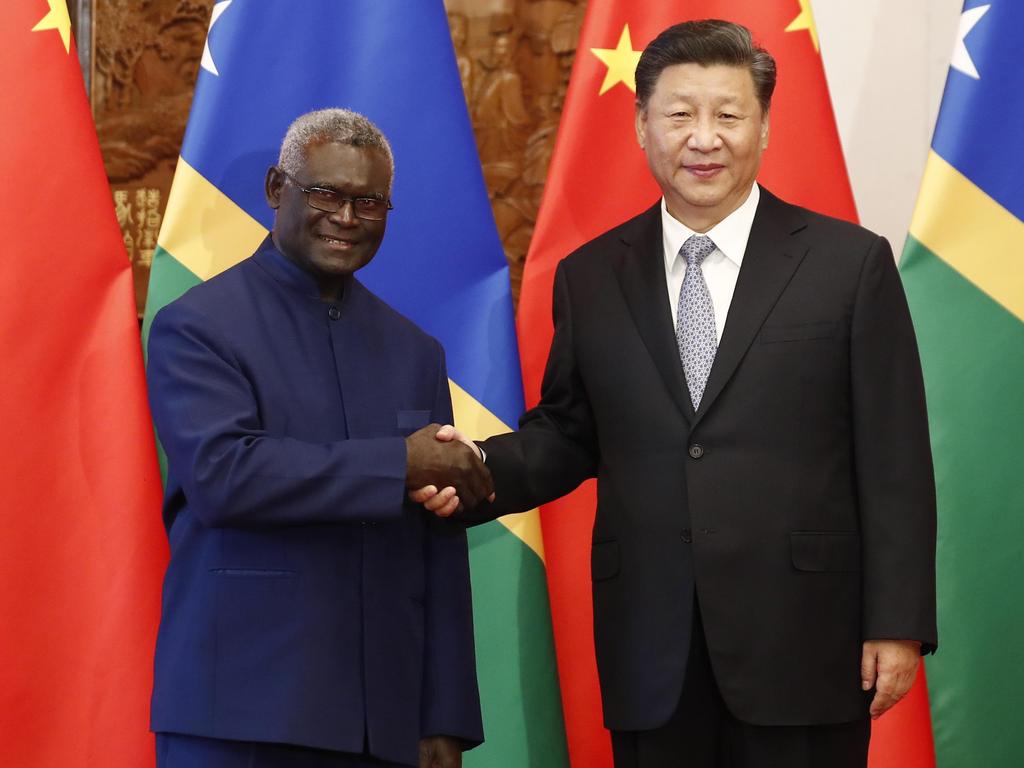Defence Minister Peter Dutton said the new missiles announced on Tuesday were necessary to keep the Chinese threat at bay, and to stand up to any acts of aggression against us.
Sadly, the missile announcements don’t add up to very much at all.
On the plus side, the air force and navy will get new longer-range missiles in two years instead of five. Nobody knew the timetable was five years. Why was there ever such a lazy approach?
Self-congratulatory artificial timing announcements are old tricks. Set an absurdly long deadline, announce an advance by a year or two, shower yourself in congratulations.
It’s like former Labor treasurer Wayne Swan telling us he had brought the budget back to surplus ahead of schedule.
How many missiles are we actually going to get?
Some time ago, the government announced acquisition of Long Range Anti-Ship Missiles. It gave a quantity, “up to 200”. This was widely seen as a paltry amount, not a war-fighting arsenal.
This time, the government hasn’t given us a number, but we can figure out what our platforms can carry.
We have a tick under 70 fast jets that could fire long-range missiles, maybe two each, one under each wing, though that would limit the planes’ range. That’s 140 missiles tops for the air force.
There are eight Anzac frigates, which have a pathetic eight vertical launch system missile cells each. The Anzac frigates were never designed to fight modern Chinese war ships, which have 100 VSL cells each.
The Anzacs were designed instead to do a little local policing and slide in as the least offensive member of any big US naval deployment.

All their VSLs would be used in self-defence to shoot down missiles. They do not have the capacity for self-defence plus delivering a blow to someone else.
The Anzac VSLs do not fire anti-ship missiles. The Anzacs carry eight anti-ship missiles on their decks. That’s 64.
The AWDs also have eight anti-ship missiles, so that’s another 24, giving 228 missiles maximum for our entire defence force.
Militarily, you can generally deploy one-third of what you’ve theoretically got, that’s about 75 missiles at any one time.
We’ll keep China at bay with 75 missiles?

The AWDs, unlike the Anzacs, are a modern war ship. As well as eight anti-ship missiles, they have 48 VSLs, which could carry some anti-ship Tomahawk missiles.
Three new AWDs could be built before the first of our much delayed Hunter frigates, which will only have a dismal 32 VSLs, comes into service.
If missiles are critical to our security, we must build the AWDs. But the navy hates ships that exist in the physical world.
They exclusively love theoretical designs.
We could increase missile stocks by buying more fighter jets, putting missiles on our unarmed Offshore Patrol Vessels, and investing in large quantities of ground-based long-range missiles.
We could start all that tomorrow. The fact that we don’t suggests we’re not really too serious about any of this.
There is a fundamental mismatch between the government’s rhetoric of national security and its astonishing lack of action.
This isn’t a PR problem. It’s a substance problem.








The Morrison government should urgently accept the offer by Navantia, as reported by my colleague, Ben Packham, to build three more air warfare destroyers.